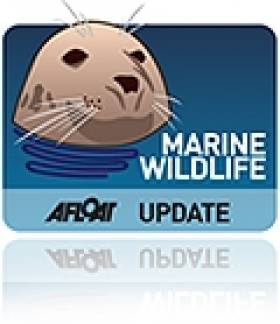Displaying items by tag: mussels
Work Begins to Eliminate Sea Squirts in North Wales
#MARINE WILDLIFE - Work on exterminating sea squirts at a marina in north Wales has begun.
The £250,000 (€301,000) project by the Countryside Council for Wales involves attaching giant bags to the subsurface structures around the marina in Holyhead, which is hoped will stop the clean flow of water to the sea squirts, causing them to suffocate and die.
Marine biologist Rohan Holt, who is managing the project, said: “If we successfully eradicate the sea squirt, we will work hard to make sure that it does not recolonise.
"This will mean careful monitoring in Holyhead marina and other marinas and popular mooring areas throughout Wales to check that it hasn’t reappeared."
The sea creature threatens shellfish by spreading like a blanket across the seabed and other surfaces.
As previously reported on Afloat.ie, colonies of the invasive Japanese sea squirt are posing a throat to mussel and scallop bed in the Menai Strait between Anglesey and the mainland.
Boats from Ireland have been blamed for carrying the invasive pest into Holyhead.
The Daily Post has more on the story HERE.
Are Irish Boats Responsible for Welsh Sea Squirt Invasion?
#MARINE WILDLIFE - Colonies of the invasive Japanese sea squirt are posing a threat to mussels and scallops in north Wales - and Irish boats are to blame, according to the Daily Post.
The sea creature - which threatens shellfish by spreading like a blanket across the seabed and other surfaces - has been discovered in Holyhead marina, allegedly carried in on the hulls of boats from Ireland.
And fears are growing that if the marine pest spreads to the Menai Strait, the effect on the local shellfish industry could be "disastrous".
To combat the problem once and for all, the Countryside Council for Wales will spend £250,000 of Welsh government funding on an extermination project at the marina, using plastic bags to smother the sea squirts and setting up quarantine facilities for incoming vessels.
The project is expected to be completed by the end of the year.

























































